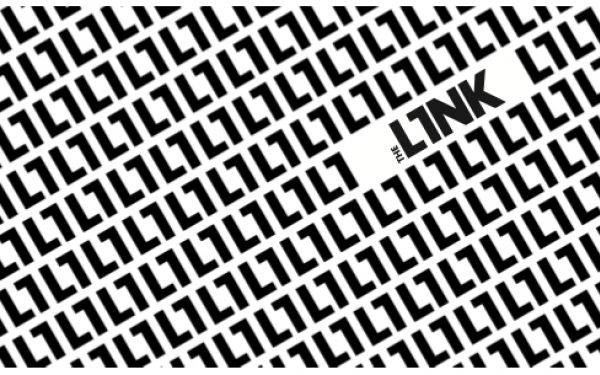Understanding Systemic Racism in Quebec
How Quebec’s Human Rights Commission and Justice System Fail to Protect Victims of Police Racism
On March 31, the Service de Police de la Ville de Montréal raided multiple homes in Montreal North searching for distributors of drugs.
Among those targeted was Jean-Pierre Bony, a Black man, whose apartment allegedly contained around a half-pound of marijuana. Police claim that Bony attempted to flee the scene, and was shot in the head with a plastic-coated bullet by a police officer. Bony died four days later from his injuries.
Racism by police goes beyond killings of people of colour, though.
Communities of colour are generally subject to greater police presence, leading to higher numbers of arrests for low-level and victimless crimes. This increased presence of police in the lives of visible minorities constitutes the most common and widespread form of racism by police.
Joel Debellefeuille, a Black businessman living in Montreal’s south shore who drives a BMW, is a typical example of racial profiling by the police. Debellefeuille has been in the public eye after a series of painful and humiliating experiences of being stopped, harassed and arrested by the police in Brossard in 2009, 2012 and 2015—for what has been described as “driving while black.” He won one of his cases in a landmark court decision on racial profiling in 2012.
Not all court challenges to racism by police have been so successful, though. Concordia Student Union’s Legal Clinic held a workshop & concert on racial profiling and discrimination on March 21 to provide attendees with an introduction to police racism and the legal concepts around it.
Fo Niemi, Executive Director of the Centre for Research-Action on Race Relations, spoke on the state of Quebec law on racial profiling, and described the obstacles encountered by victim-survivors within the criminal and civil justice system—especially in dealing with the Police Ethics Commissioner and the Quebec Human Rights and Youth Rights Commission.
Speaking based on CRARR’s experience, Niemi described an important difference between the legal terms of “racial discrimination” and “racial profiling.”
Racial discrimination is defined as any act, conduct or practice which has the effect, regardless of the author’s intent, to negatively affect or violate the right to equality of persons because of race, ethnicity or national origin, or ancestry.
Racial profiling is a specific form of racial discrimination—one that is more difficult to prove. The Human Rights Commission, since 2005, has defined racial profiling as action by authorities which is “based on actual or presumed membership in a group defined by race, colour, ethnic or national origin, or religion,” and must be “without factual grounds or reasonable suspicion.”
This means that racial profiling requires that the victim has the additional burden of showing that there was no valid motive for the police action, which is not required for accusations of only racial discrimination.
CRARR’s experiences in litigating against racial profiling and racial discrimination show that the Quebec justice system is still resistant to anti-racism lawsuits and racial equality. This means that racist behavior by police is, in some ways, protected by the legal system.
For one, there is a glaring lack of diversity within the courts—of over 500 judges at different levels in Quebec’s legal system, only three are black. Many white judges are either unfamiliar with the Charter of equality rights, or are uncomfortable with claims of racism or Islamophobia, according to Niemi.
There are also serious systemic problems with the Police Ethics Commissioner, who has the mandate to oversee and sanction police officers for misconduct. Lawyers and investigators within these agencies, few of whom are Anglophones or racialized, have little experience in dealing with racial or religious bias.
The Human Rights Commission in particular, has no policy acknowledging the existence of systemic racism and intersectional discrimination—leading to double obstacles for racialized victims who are English-speaking, or have a disability.
The case of female Palestinian-Canadian student Amal Asmar provides a glaring example of this. In winter 2010, she was violently arrested on the way home from Concordia’s library. Her offense was described as “using city property for a purpose other than what it is intended for”—she was sitting on a public bench and rearranging her schoolbag. She was also given a fine of over $1,000 for yelling in pain and placing her bag on the bench as she was arrested.
When she spoke publicly about the event, the Montreal police dropped her charges. With the help of CRARR, Asmar filed a civil rights complaint against the city, and a police ethics complaint against the two arresting officers—who were eventually sanctioned for misconduct. After almost six years, her civil rights complaint is still before the Human Rights Commission.
Police racism goes beyond the disproportionate likelihood for people of colour to be killed by police. Police also engage in violent, unnecessary arrests of people of colour; and communities of colour have significantly higher police presence than white communities—in Montreal North and St. Michel, Black youth are six to eight times more likely to be subject to random identity checks than whites. Finally, the Human Rights Commission and justice system have failed to adequately protect communities of colour from systemic racism.
The CSU’s Legal Information Clinic is available to all Concordia undergraduates who feel that they have been subject to racism at the hands of police or authority figures.

_600_832_s.png)


_600_375_90_s_c1.jpg)

1_600_375_90_s_c1.jpg)